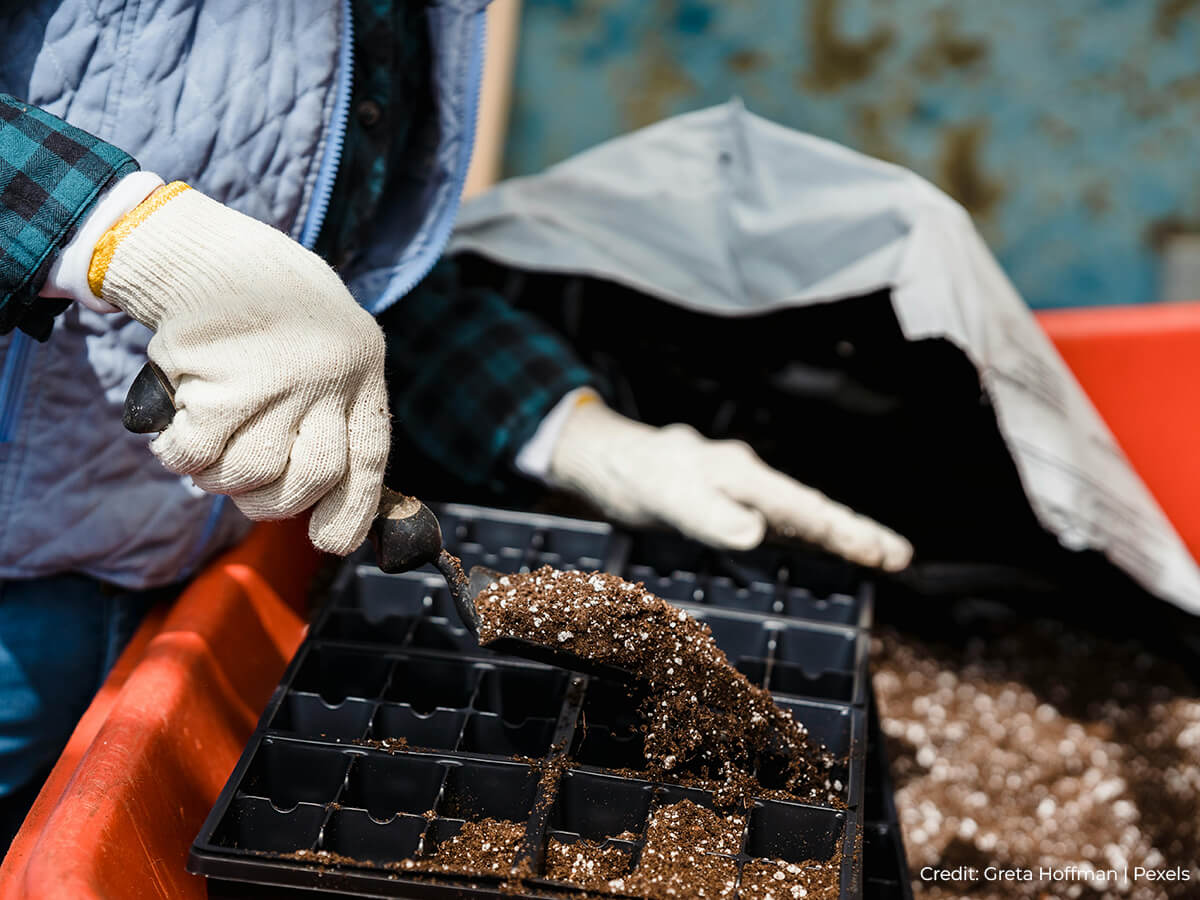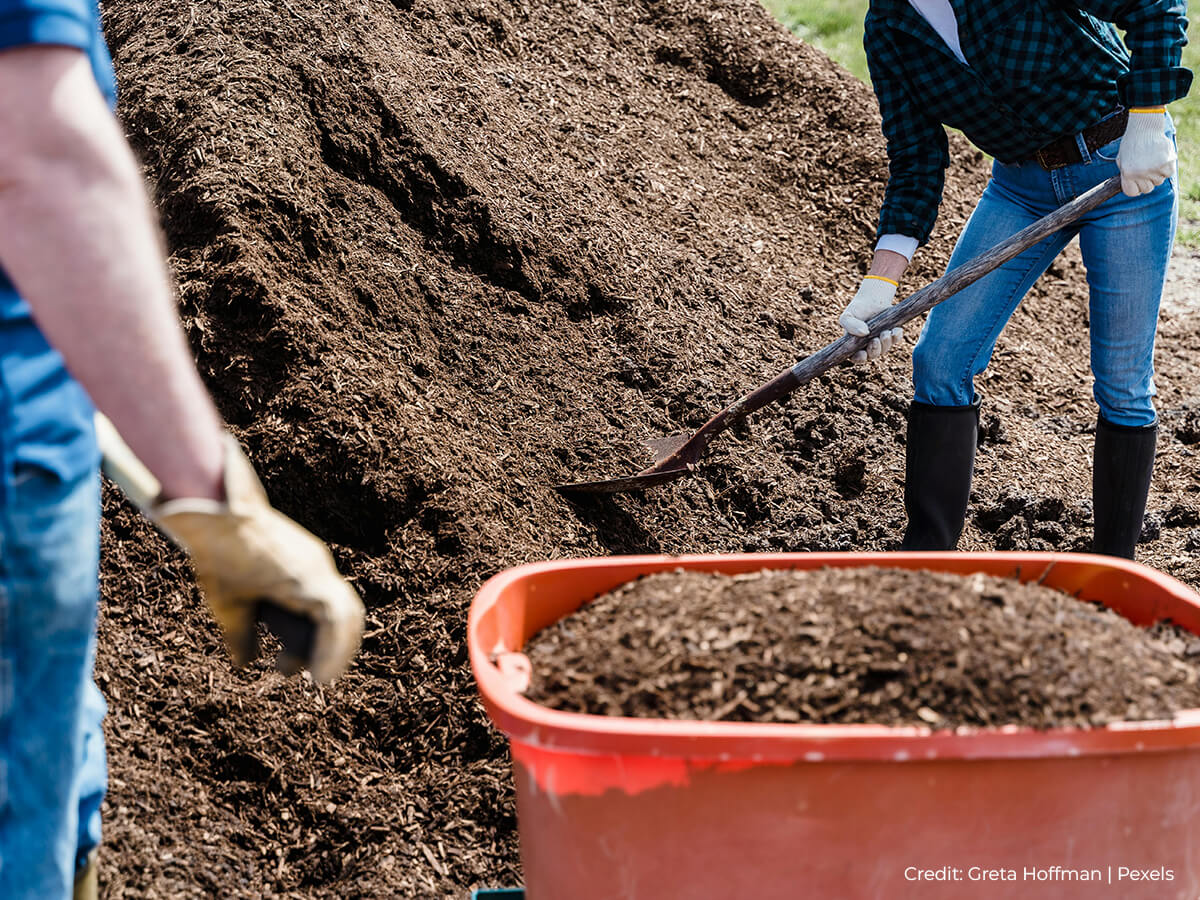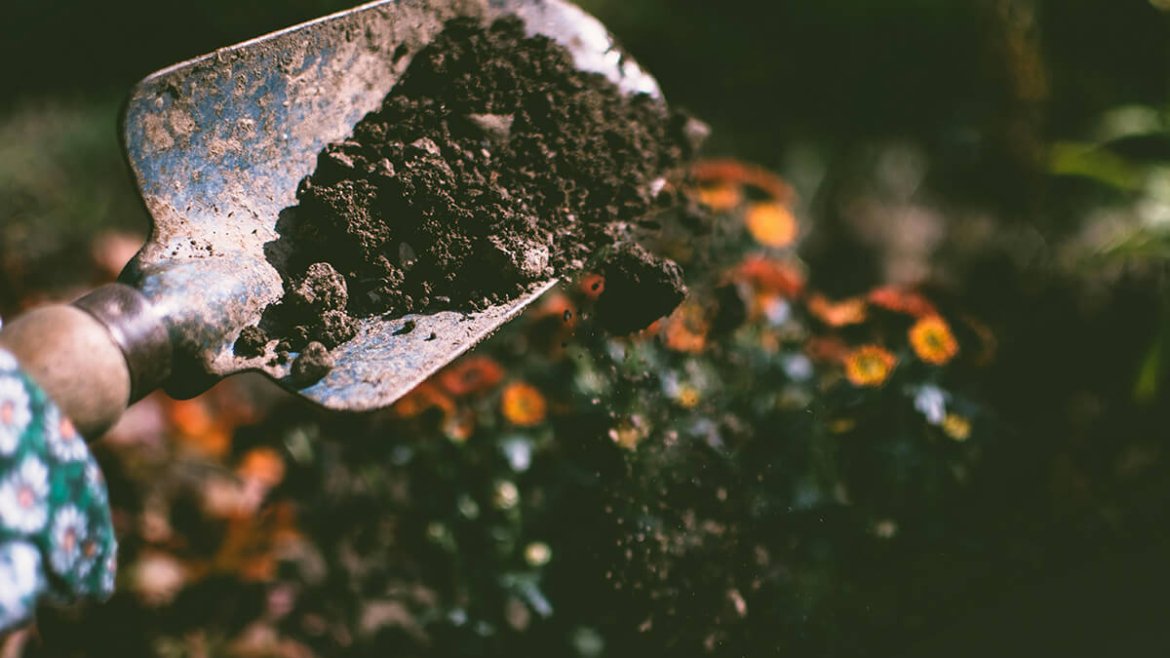As the grip of winter loosens and the first hints of spring emerge, gardeners and arborists alike turn their attention to the soil—the foundation upon which healthy, thriving trees are built. Proper spring preparation is crucial for ensuring optimal growth throughout the season.
Let’s get into the essential steps for preparing your soil, focusing on techniques that will bolster your trees’ health and vitality.
The Importance of Spring Soil Preparation
Spring is a period of rapid growth for trees. As temperatures rise and daylight hours lengthen, trees emerge from dormancy and begin to actively absorb nutrients and water from the soil. A well-prepared soil provides the perfect environment for this growth spurt. Neglecting soil preparation can lead to stunted growth, nutrient deficiencies, and increased susceptibility to diseases and pests.
Assessing Your Soil
The first step in spring soil preparation is to assess the current condition of your soil. This involves:
- Visual inspection. Look for signs of compaction, poor drainage, or the presence of weeds.
- Soil texture. Determine the texture of your soil (sandy, clay, or loam). Sandy soils drain quickly but retain little moisture, while clay soils retain moisture but can become compacted. Loam, a mixture of sand, silt, and clay, is generally considered ideal.
- Soil pH. The pH level of your soil affects the availability of nutrients to your trees. Most trees prefer a slightly acidic to neutral pH (6.0-7.0). You can test your soil pH using a home test kit or by sending a sample to a laboratory.
- Compaction. Check for soil compaction by pushing a screwdriver or trowel into the ground. If it’s difficult to penetrate, your soil is likely compacted.
Addressing Common Soil Issues
Based on your soil assessment, you may need to address specific issues:
- Compaction. Compacted soil restricts root growth and hinders water and nutrient absorption. Aeration is essential for loosening compacted soil. This can be done using a garden fork, an aerating tool, or, for larger areas, a mechanical aerator.
- Poor drainage. Poor drainage can lead to root rot and other fungal diseases. Improve drainage by adding organic matter, such as compost or well-rotted manure, to the soil. You may also consider creating raised beds or installing drainage systems.
- Nutrient deficiencies. Soil testing can identify nutrient deficiencies. Amend the soil with appropriate fertilizers or organic matter to address these deficiencies. Follow the instructions on fertilizer labels carefully to avoid over-fertilizing.
- pH Imbalance. Adjust the soil pH by adding lime to raise the pH or sulphur to lower it. Again, soil testing is essential to determine the appropriate amount of amendment needed.

Enhancing Soil Fertility
Healthy soil is rich in organic matter, which provides essential nutrients and improves soil structure. To enhance soil fertility and prepare it for tree planting:
- Add compost. Compost is a valuable soil amendment that adds organic matter, improves soil structure, and provides essential nutrients. Apply a layer of compost to the soil surface and work it in with a garden fork or trowel.
- Use mulch. Mulch helps retain soil moisture, suppress weeds, and regulate soil temperature. Apply a layer of organic mulch, such as wood chips or shredded bark, around the base of your trees, keeping it a few inches away from the trunk.
- Cover crops. Planting cover crops in the fall can improve soil fertility and structure. Cover crops, such as clover or rye, are tilled into the soil in the spring, adding organic matter and nutrients.
Specific Considerations for Tree Planting
Beyond the general principles of soil improvement, there are specific techniques to consider when preparing a site for a new tree.
1. Site Selection and Assessment
- Sunlight and drainage. Before digging, carefully assess the planting site. Ensure the tree will receive adequate sunlight for its species and that the area has good drainage. Avoid low-lying areas where water tends to pool.
- Space considerations. Consider the mature size of the tree and ensure it has enough space to grow without interference from buildings, power lines, or other trees.
- Soil type compatibility. Research the soil preferences of the tree species you are planting. Some trees thrive in sandy soils, while others prefer clay or loam. Ensure the soil type is compatible with the tree’s needs.
2. Preparing the Planting Hole
- Hole size. The planting hole should be at least two to three times the width of the root ball, but only as deep as the root ball. This wider hole allows for root expansion and better water infiltration. A hole that is too deep can lead to settling and root rot.
- Loosening the soil. Loosen the soil at the bottom and sides of the hole to promote root growth. This will also help prevent the “container effect,” where roots circle within the original planting hole. Use a garden fork or shovel to break up compacted soil.
- Avoid glazing. Do not smooth the sides of the hole. Glazing, or smoothing the sides, can inhibit root penetration. Roughing the sides encourages roots to venture outwards.
3. Amending the Soil
- Organic matter. Incorporate plenty of organic matter, such as compost or well-rotted manure, into the backfill soil. This will improve soil structure, drainage, and nutrient availability. Mix the organic matter thoroughly with the existing soil.
- Avoid excessive fertilizers. While some slow-release fertilizers can be beneficial, avoid overfertilizing at planting time. Too much fertilizer can burn the delicate new roots.
- Native soil preference. In most cases, it is preferable to use the existing native soil when backfilling. Introducing drastically different soil types can create a barrier to root growth. If the existing soil is very poor, amend it heavily with organic matter, rather than replacing it entirely.
4. Proper Planting Technique
- Root ball placement. Gently place the tree in the hole. Make sure the top of the root ball is level with (or slightly above) the surrounding soil level. This is to prevent root rot, which happens when planted too deeply.
- Root pruning (if necessary). If the tree is container-grown and the roots are circling or matted, gently loosen and prune the roots before planting. This will encourage them to grow outwards.
- Backfilling and firming. Fill in the hole again with the soil you have just improved. Gently pack in (firm) the soil around the root ball. This will eliminate air pockets. Avoid compacting the soil too tightly, as this can restrict root growth.
- Watering immediately. When the tree is newly planted, water it thoroughly to settle the soil and hydrate the roots.
5. Post-Planting Care
- Mulching. Apply a 2–4 inch layer of mulch around the base of the tree, keeping it a few inches away from the trunk. Mulch helps retain moisture, suppress weeds, and regulate soil temperature.
- Staking (if necessary). If the tree is unstable, stake it to provide support. Use soft ties to avoid damaging the trunk, and remove the stakes after the tree has established its roots, typically after one growing season.
- Watering regularly. Newly planted trees require consistent watering, especially during the first year. Water deeply and regularly, allowing the soil to dry slightly between waterings.
- Monitoring. Regularly monitor the tree for signs of stress, such as wilting leaves, discoloration, or pest infestations. Address any issues promptly.
From Here to There
After all this work, sometimes you’ll realize that it would be best for your tree to be relocated elsewhere on your property where it will receive the proper conditions to thrive. This delicate process, known as tree moving, requires careful planning and execution to ensure the tree’s survival.
For expert tree moving in Toronto and surrounding areas, contact us at Caledon Treeland for professional tree-moving services. Proper soil preparation is equally important when moving trees, as the transplanted tree will need a healthy environment to establish its roots.
Maintaining Tree Health Throughout the Season
Spring soil preparation is just the beginning. Ongoing maintenance is essential for ensuring the health and vitality of your trees. This includes:
- Regular watering. Water your trees deeply and regularly, especially during dry periods.
- Weed control. Remove weeds around the base of your trees to prevent competition for water and nutrients.
- Pest and disease monitoring. Regularly inspect your trees for signs of pests or diseases. Learn what you can about tree health and preventing tree diseases. Early detection and treatment can prevent serious problems.
- Pruning. Prune your trees as needed to remove dead or diseased branches and to maintain their shape.

Spring soil preparation is a vital investment in the health and longevity of your trees. By assessing your soil, addressing common issues, and enhancing soil fertility, you can create the optimal environment for tree growth. Remember that ongoing maintenance and professional assistance are essential for ensuring the continued health and vitality of your trees.
For tree-moving services, as well as a variety of high-quality trees for sale, contact Caledon Treeland today at (905) 880-1828 or email us at treeland@treeland.ca.

